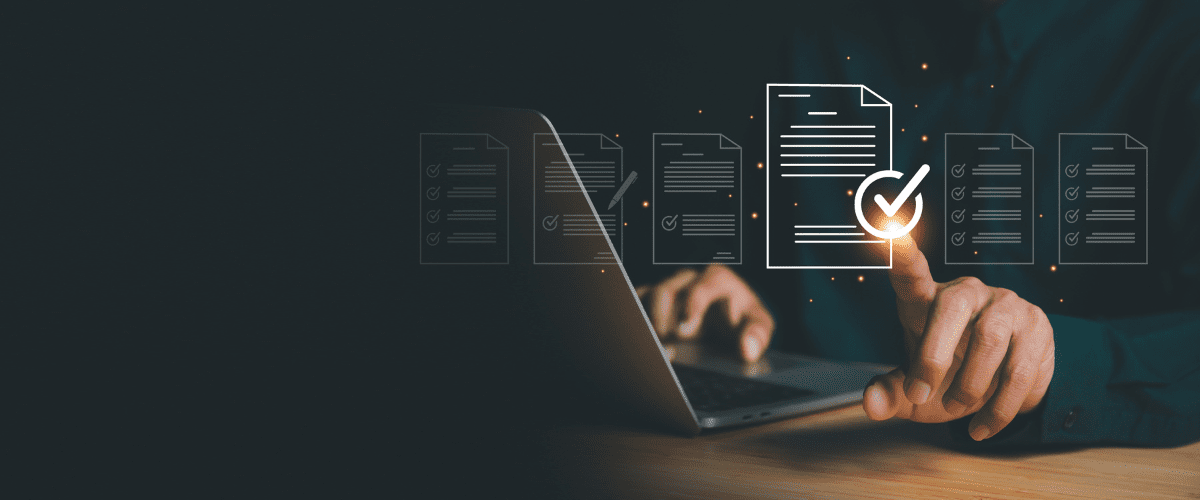In the present era of globalization, international trade is growing by leaps and bounds. As countries increasingly see the benefits of developing commercial relations with other countries as a means to increase prosperity levels and elevate standards of living, the export and import of goods have reached historically high levels.
The United Nations has estimated that the value of international trade will reach around $32 trillion in 2022, an increase of approximately 26% over the pre-pandemic levels of 2019.
More interestingly, the growth in global trade has exceeded the growth in global output during the last two years. The implications of this trend for international trade and commerce can be seen in the fact that the ratio of global exports to global output increased from 29% in 2019 to 32% in 2021 and is expected to grow even further to a record 34% in 2022.
Despite continued concerns over a global recession, the sustained acceleration of exports and imports presents unparalleled opportunities for exporters, importers, forwarders, shipping companies, and other transport intermediaries, it is accompanied by ever-growing regulations intended to control the volume and flow of goods and services.
Customs departments in countries all over the world have stringent requirements regarding documentation and procedures that exporters and importers need to comply with. Besides regulating the nature and quantity of commodities being imported into the country, customs departments also play a crucial role in enforcing indirect tax regimes at the border.
For this reason, exporters, importers, and forwarders need to be aware of all applicable customs formalities and ensure compliance therewith.
Challenges of Traditional Customs Clearance Documentation
The customs clearance process has traditionally relied extensively on customs document processing, apart from random physical checks of consignments.
Therefore, importers and customs brokers must ensure that all the stipulated documents are provided well in time and in the specified format to ensure smooth customs clearance.
While this might not sound difficult, in reality, the sheer number and nature of documentary requirements make this a humongous task at a macro level.
Some common documents required for customs clearance are the Bill of Lading, Proforma Invoice, Packing List, Country of Origin certificate, Customs Packing List, Bill of Exchange, Export License, and Health certificate. In addition, based on the specific nature of the commodity, countries and entities involved, other relevant laws may also need to be taken into consideration.
Considering the international nature of the transaction, documents could be in multiple languages with different pieces of information therein. The documents will most likely also be in various formats, such as Word documents, pdf files, excel spreadsheets, or even plain emails, which means that not only is the information provided not standardized, but there is also a lack of uniformity in the format or contents thereof.
So, the data shared for customs document processing to file the customs entry is completely unstructured, making it difficult to decipher and collate the data and then structure it in the format necessary to file an entry. A further challenge is presented by the scattered availability of these documents throughout the transportation process, which requires importers, forwarders, and customs brokers to ensure timely submission upon generation.
All these factors increase the complexity of customs document processing, necessitate considerable effort, time, and resources required by workers to process this data, and increase the probability of human errors and inadvertent mistakes.
What is Data Ingestion
Data ingestion is considered the first layer in big data architecture and is essentially the stage where data is collected from various disparate sources and consolidated into a common repository. It is also known as Intelligent document processing (IDP)
Further stages include grouping the documents according to their nature, deciphering and standardizing contents, and transforming the data into the format required to deliver the desired output.
Implementing data ingestion can enhance accuracy and mitigate common errors, making it a valuable tool for organizations. It can help them save time, money, and human resources through automated data collation, standardization, and accelerated processing.
How data ingestion helps optimize customs document processing
AI-powered data ingestion platforms can help streamline tasks such as customs document processing, which are inherently cumbersome and time-consuming.
As the global transport industry displays an increasing propensity to leverage technology to optimize operations and workflows, various players in the supply chain are investing in technological solutions such as data ingestion platforms, real-time visibility tools, and transport planning software.
Data ingestion platforms help importers and customs brokers collate, analyze, sanitize, and transform data across various sources and formats, so it can be readily used in the customs clearance process.
This development is a big step towards eliminating manual processes and automating critical tasks in international transport.
Functionalities and benefits of KlearNow’s AI-powered data ingestion platform
KlearNow’s proprietary AI and ML-powered platform helps importers, exporters, shippers, carriers, and logistics professionals manage supply chains by delivering visibility, automated workflows, and insights for goods in transit.
The KlearNow platform offers sophisticated AI-powered data ingestion capabilities that are aimed at optimizing customs documentation processing and improving compliance therewith.
Importers, forwarders, and customs brokers can derive significant benefits from the platform through the following functionalities:
1. Classifying documents and categorizing data
2. Sentiment analysis: to decode the contents of emails or documents and decipher whether it pertains to old shipments, a new consignment, or customs clearance is needed.
3. Intent classification: wherein the platform analyzes the email’s intent.
4. Automated workflows
5. Smart user interface
KlearNow thus helps users take control of the customs documentation and clearance process by improving trade compliance with AI-powered customs entry processes and providing real-time visibility to current customs clearance and shipment status. We like to call this our ‘Intelligent Trade Document Processing’ expertise.
Conclusion
Given international trade’s extensive complexity and regulatory requirements, importers, customs brokers, and other transport intermediaries can gain a competitive edge by leveraging innovative products such as KlearNow’s AI-powered data ingestion platform.
Not only does it improve compliance in customs document processing, but it also turns daunting paperwork into robust data, insights, and near real-time visibility.
Utilizing KlearNow has helped customers improve day-to-day logistics management by 80%, reduce document processing time by 70%, and helped improve global customs compliance by 95%.
For more information on how KlearNow can help your business, please click here.

